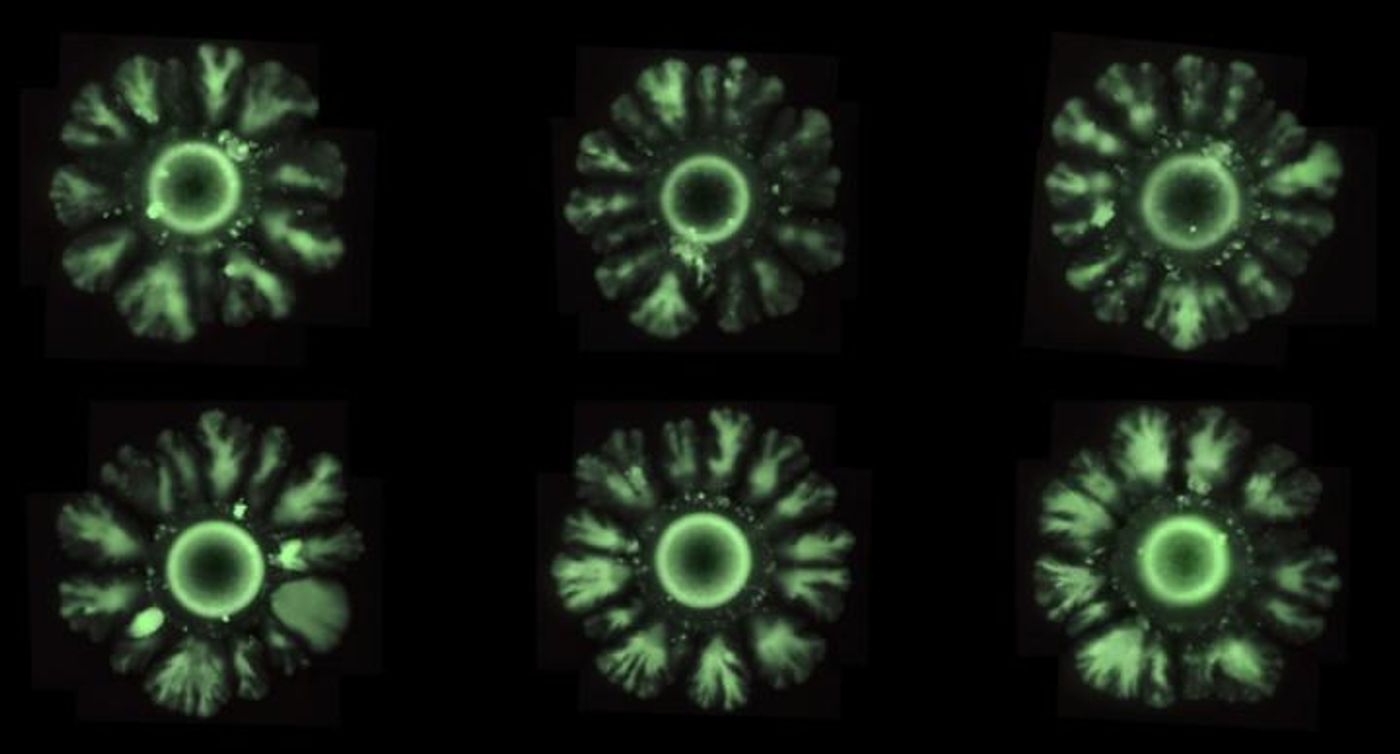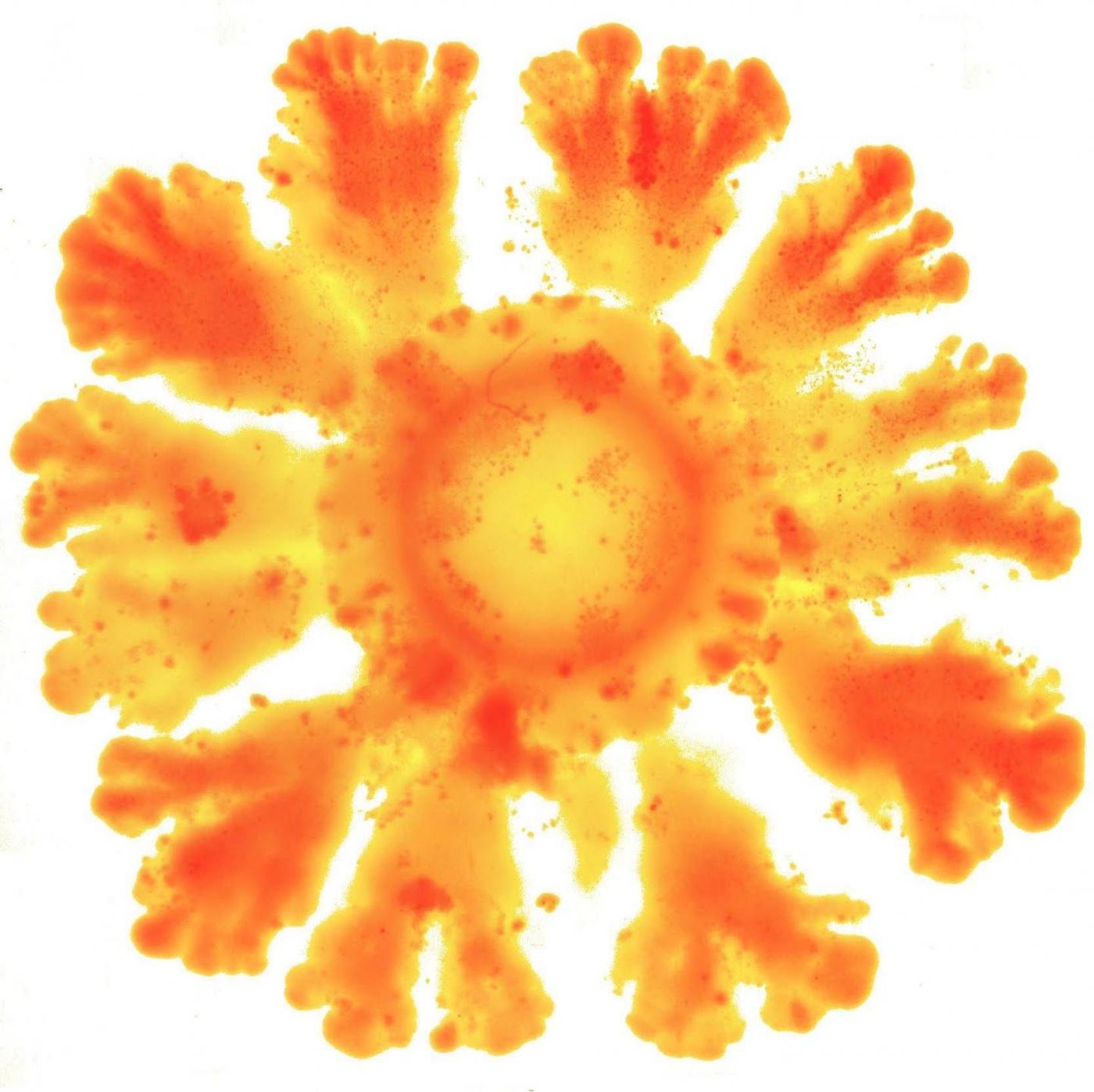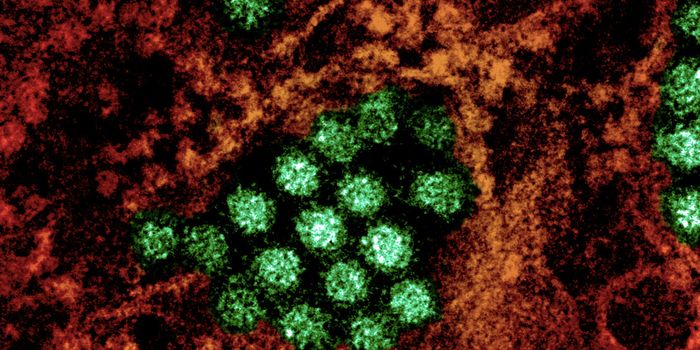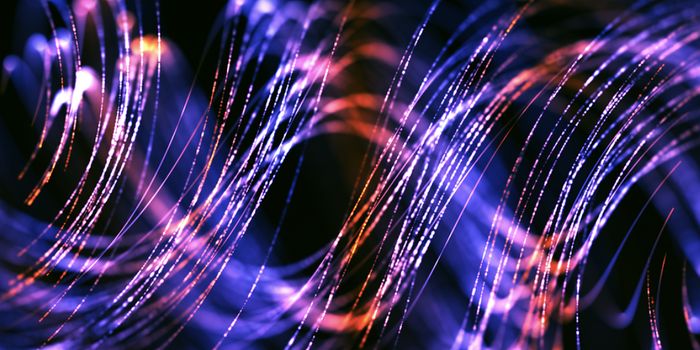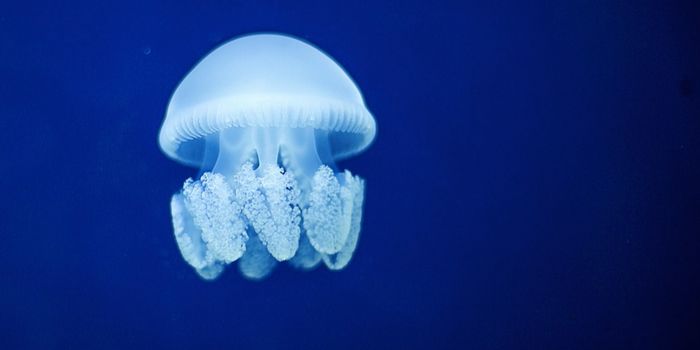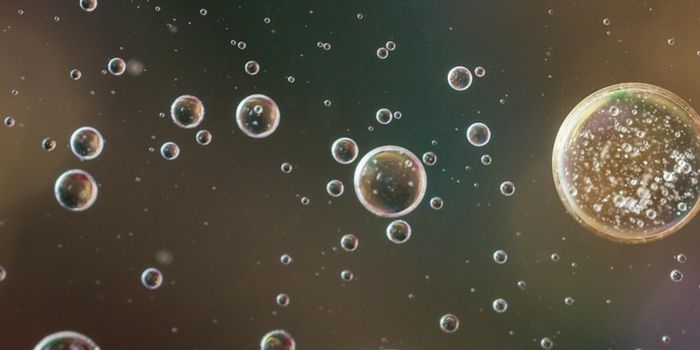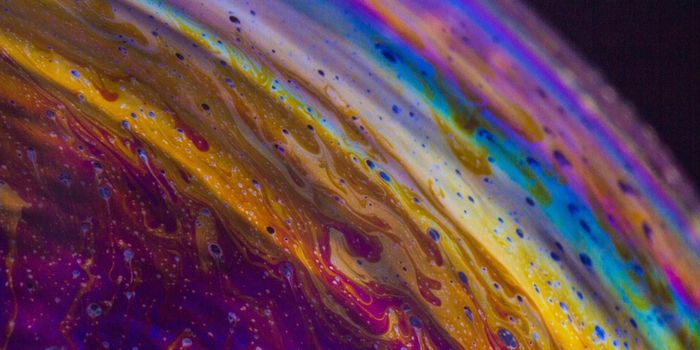Using Synthetic Biology to Reimagine Development
Scientists have been able to grow Escherichia coli bacteria colonies in complex shapes that E. coli don't typically form; these microbes usually generate round shapes. The scientists created these patterns (seen in the image and video) by using introducing genes into the E. coli genome. This work, which was reported in ACS Biology, showed that the symmetry of an embryonic organism can be broken under certain minimum conditions.
"We wanted to build symmetry breaking that is never seen in colonies of E. coli, but is seen in patterns of animals, and then to discover which are the essential ingredients needed to generate these patterns," explained Salva Duran-Nebreda, who is now a postdoctoral researcher at the Institute of Evolutionary Biology (IBE) Evolution of Technology laboratory. This research was part of Duran-Nebreda's doctoral work.
The synthetic platform the researchers created enabled them to find the parameters for altering the growth patterns of E. coli, which turned out to be relatively simple.
"We have seen that by modulating three ingredients we can induce symmetry breaking. In essence, we have altered cell division, adhesion between cells, and long-distance communication capacity (quorum sensing), that is to say, perceive when there is a collective decision," said Duran-Nebreda.
The scientists suggested that the findings could apply to some complex animal models or insect colonies; it may provide new insights into the fundamental processes in development that are shared among many organisms, or the minimum alterations necessary to change them.
"In the same way that organoids or miniature organs can help us develop therapies without having to resort to animal models, this synthetic system paves the way to understanding as universal a phenomenon as embryonic development in a far simpler in vitro system," noted the research leader Ricard Solé, ICREA researcher with the Complex Systems group at the IBE.
"We must think of this synthetic system as a platform for learning to design different fundamental biological mechanisms that generate structures, such as the step from a zygote to the formation of a complete organism. Moreover, such knowledge on the frontier between mechanical and biological processes, could be very useful for understanding developmental disorders," said Duran-Nebreda.
Sources: AAAS/Eurekalert! Via Universitat Pompeu Fabra - Barcelona, ACS Synthetic Biology
